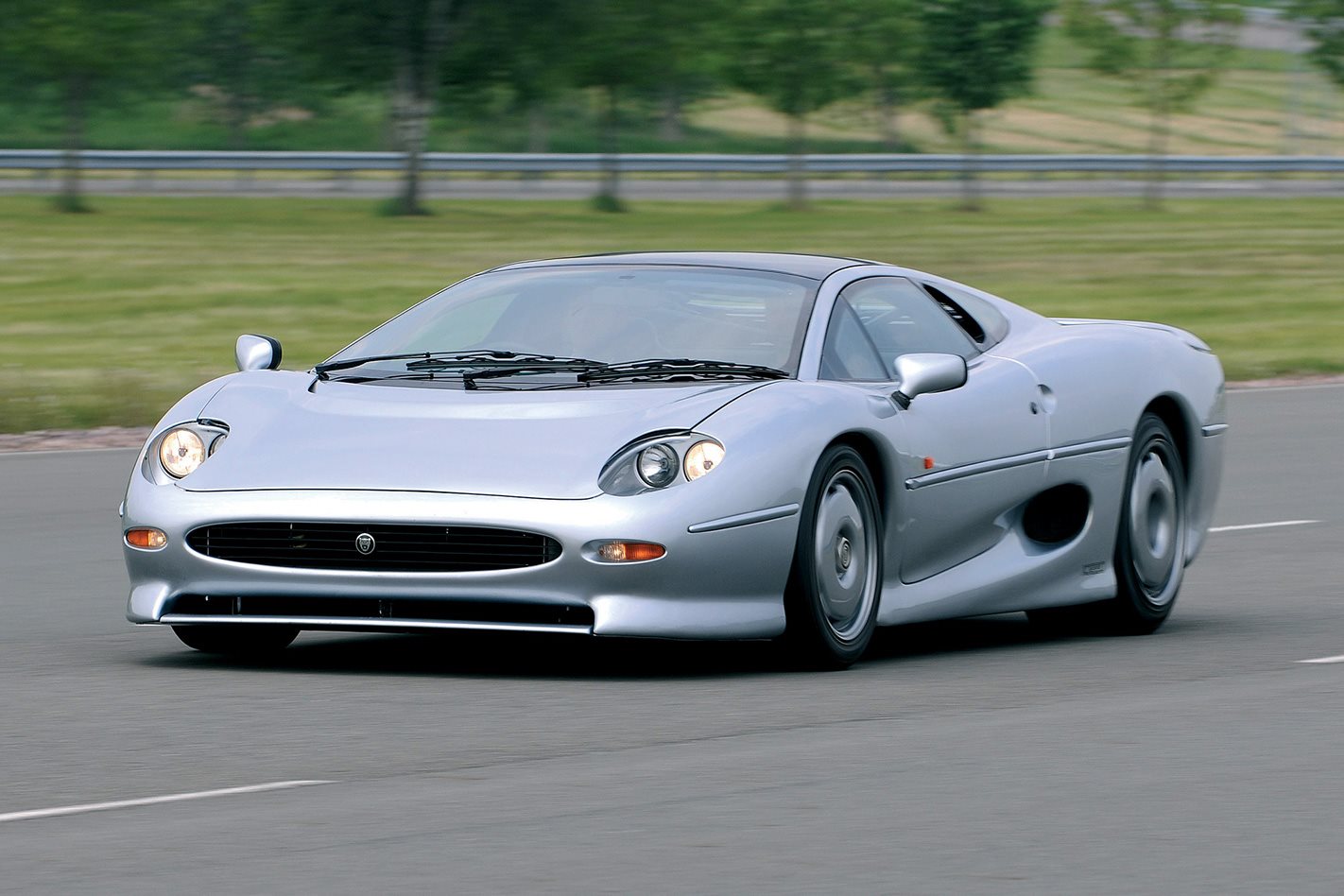WITH a quarter of a century passing since Jaguar unveiled the mighty XJ220, and UK celebrations in full swing, it is easy to forget the controversy that surrounded what is still the company’s fastest road car to date.
Just 275 XJ220s were produced between 1992 and 1994, and 41 of those have assembled at the Silverstone Classic historic racing car meet in central England where, no doubt, many enthusiasts regaled the events surrounding its thick plot.
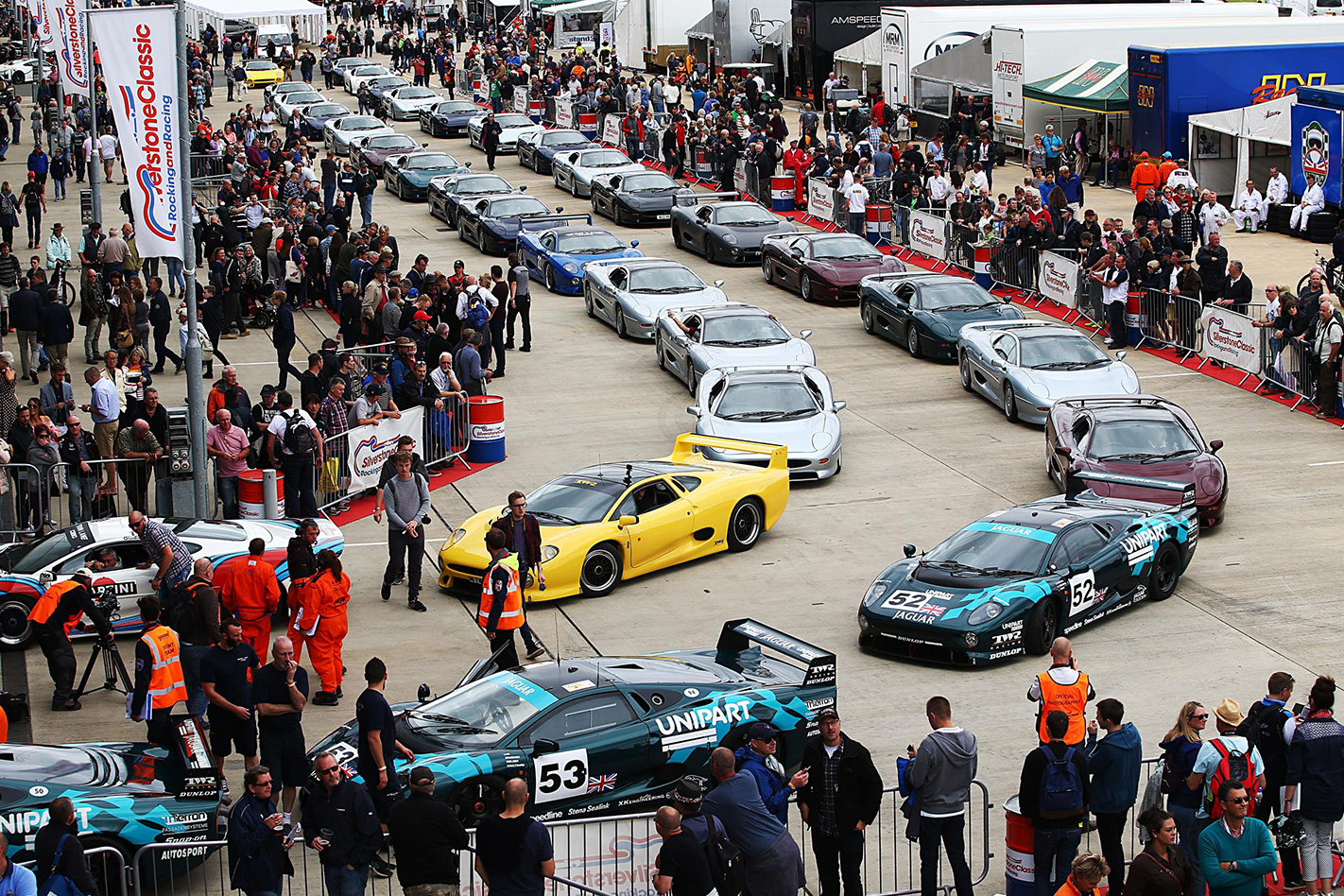
The first tangible offspring of the resulting XJ220 project was an outlandish 1988 concept designed to draw a line from Jaguar’s Le Mans racers to the road, and charged with the task of spoiling an emerging hypercar party dominated by the Porsche 959 and Ferrari’s F40.
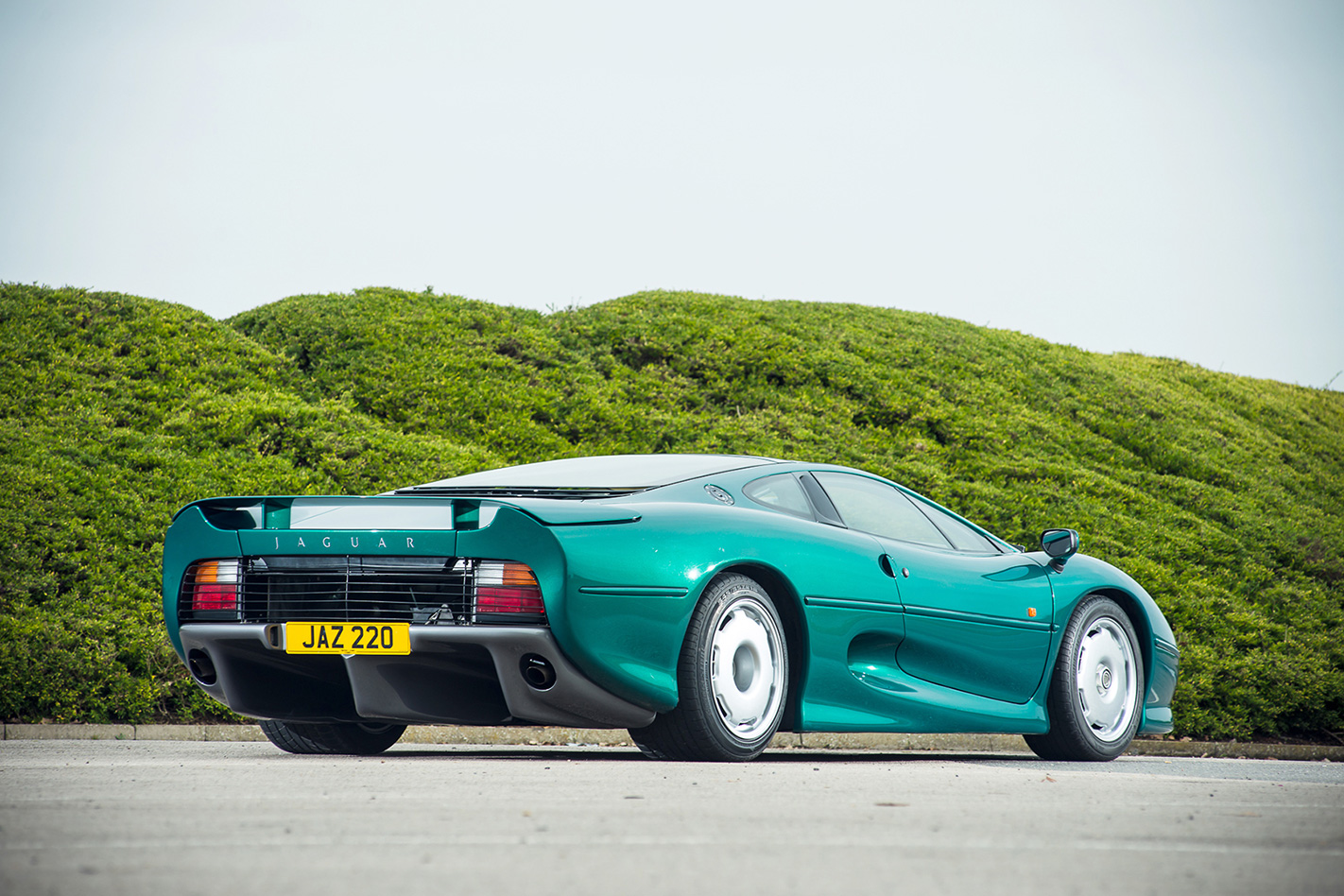
While the concept bristled with a 6.2-litre naturally aspirated V12 engine – touted to be good for 373kW and born of racing technology – coupled to a grippy four-wheel drive system, what well-heeled fans were actually offered was a two-wheel drive six-cylinder Jag.

Some say Jaguar’s significant design revisions were due to shifting emissions regulations that a big 12-cylinder would struggle to meet, which would be further exacerbated by its all-wheel drive system. Others say it was a financial decision driven by the 1990s’ economic flat-line that followed the 1980s’ boom.
Actually, it came down to weight.
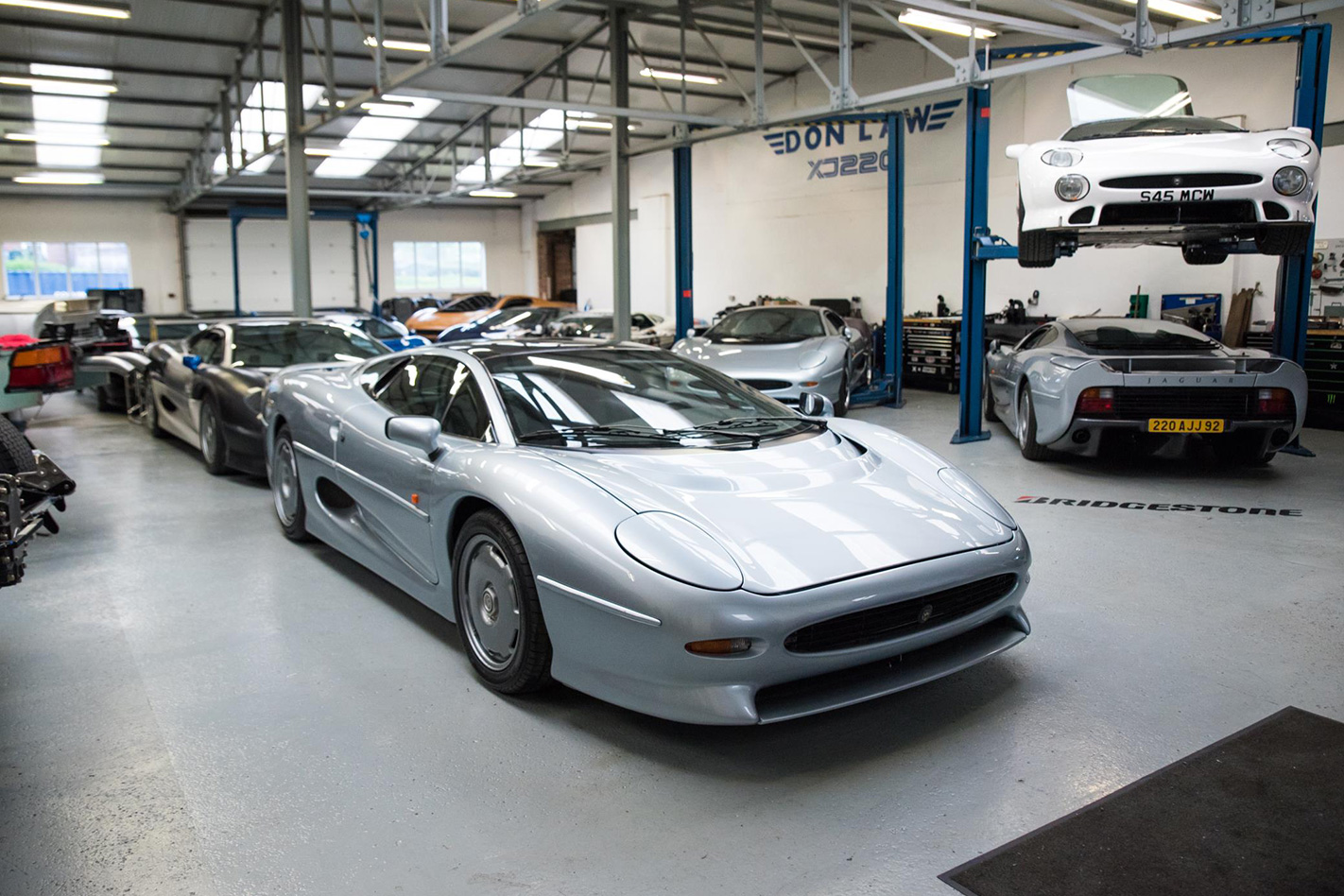
As it happens, the production car never did crack the target, but it did manage a very respectable 342km/h (212mph) – enough to earn it the title as the world’s fastest production car in 1992.
It’s likely many initial fans were also put off by a hefty £470,000 price ($A772,000). It wasn’t just the eye-watering figure that potential owners balked at, but the initial guide that Jaguar had offered – some £200,000 cheaper.
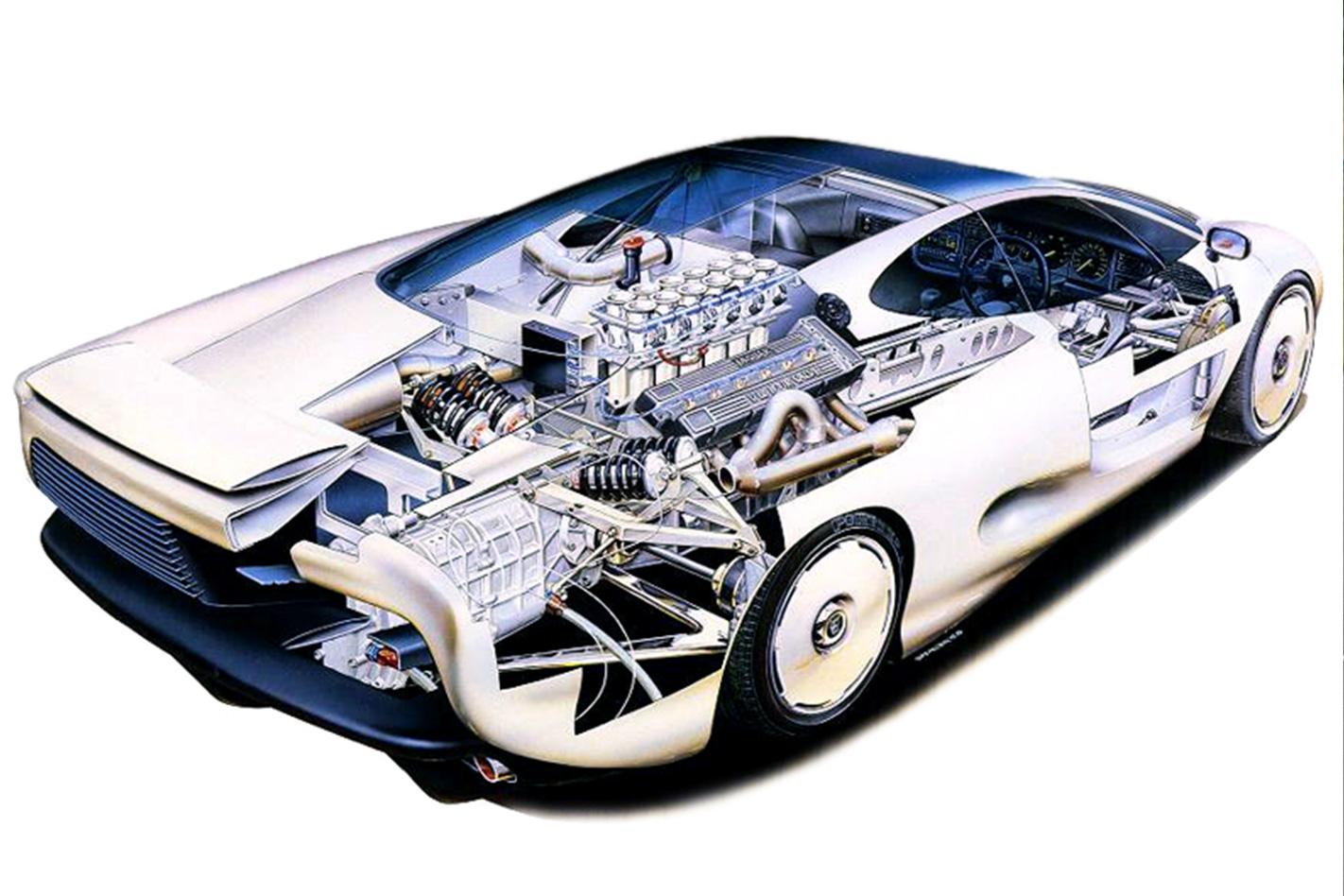
Either way, those who took the punt and wrote a cheque for the most expensive car on sale in the early 1990s would be enjoying the last laugh if their XJ220 is still in the garage. Cars as rare as the big cat don’t come up for grabs very often, but when they do a price nudging the million dollar mark is not out of the question.
Happy silver anniversary Jaguar XJ220.


